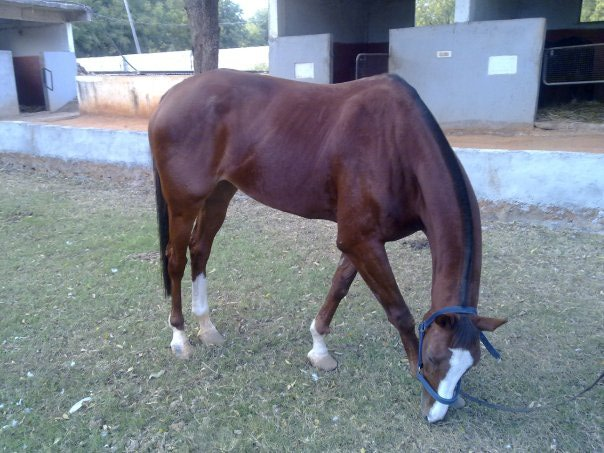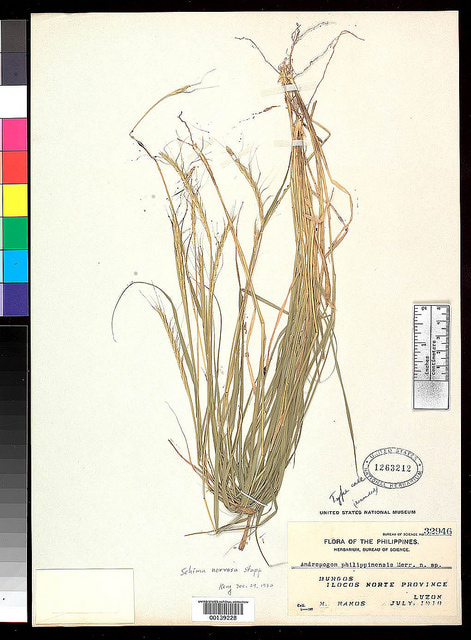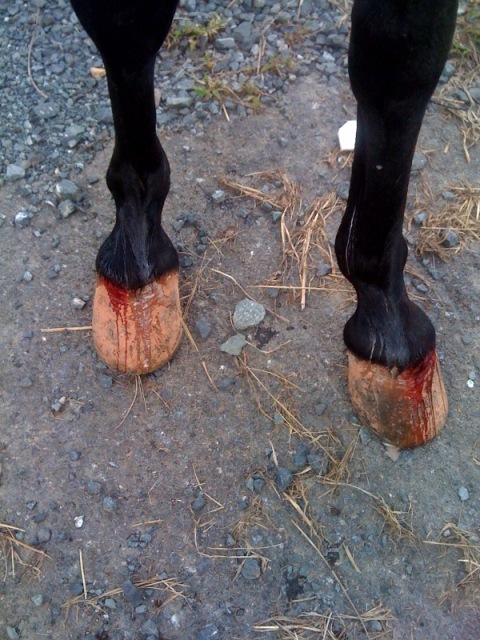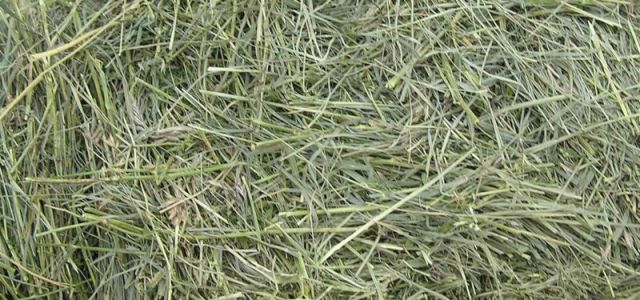QuestionWhat is the level of yeast and moulds, in terms of ppm ( or any other unit), in feed or hay would cause colic on horses.
AnswerHi William,
Thank you for your question...I find the topic of molds and mycotoxins a fascinating one.
There is not a lot of information pertaining to yeast (fungi) or mold levels in feeds...but rather the quantification of mycotoxins (endotoxins, fumonisins, etc) is where the research is taking place. Mycotoxins are metabolites (by-products) of fungi and mold and are what cause various metabolic disorders in horses...and other creatures.
There are a vast number of myctoxins that will vary from country to country so those that are concern to you may not be the same ones that I am familiar with. And to be quite honest...this is still a growing area of research and much work needs to be done. I will do what I can to answer this question for you using a combination of research and personal experience.
There has yet to be a research study that links mycotoxins directly to the onset of colic. Having said that, a study at North Carolina State University found the mycotoxin DON (deoxynivalenol - a metabolite of Fusarium spp.) in 100% of colic cases seen by participating vet clinics...and 70% of non colic horses. 31% of the colic cases had T2 (fumonisin) levels over 0.5 ppm, and zearalenone levels over 0.7 ppm in 44% of those cases. But despite the limited research, the relationship between myctoxins and colic is more a casual one...meaning that the presence of mycotoxins does not cause colic but the effects of those mycotoxins on other functions can.
In my experience, the most common colic in instances of myctoxin exposure is gas colic followed distantly by impaction colics. It's my belief that the myctoxins have an effect on forage digesting bacteria (mostly by destroying them) which in turn throws off the fermentation of forages...and produces gas in the hind gut. Over time, this lack of forage digesting bacteria will mean that the mass of un-fermented forage will create an impaction colic. The gas colic would be fairly immediate, the impaction colic much later if it occurs at all.
Here in Canada, some myctoxin levels have been set as follows: Aflatoxin 0.02 ppm, DON 2 ppm (5 ppm in grain that does not exceed 40% of the diet, fumonisins 5 ppm not to exceed 20% diet on dry matter basis. Zearalenone and T2 limits have yet to be defined. Keep in mind that these are the individual limits...and often the presence of mutliple myctoxins can mean lower tolerance levels for each individually because they interact. Again, you may have to deal with much different myctoxins than we do here.
Most people think mycotoxins are associated solely with grain but in fact can be found in forages as well. Granted, those from grains are more troublesome and highly concentrated. Because they can come from many different sources, it can sometimes become impossible to eliminate them. But they can be controlled by feeding a binding agent, that attaches to the mycotoxin and renders it harmless. Most mycotoxin binding agents come from one of two sources. The most effective is sodium bentonite, which binds about 80% of present myctoxins. The down side to using sodium bentonite is that you have to feed quite a bit of it daily (100g or almost a cup a day) and because it is essentially dirt, it can be hard to get a horse to eat enough of it. The second source is manufactured from an isolated portion of yeast cell wall, and although it is slightly less effective than bentonite...you only need to feed a horse 10g per day or the equivalent of a teaspoon.
I hope this helps clarify the concept a little bit...and sorry it did not give you a clear cut answer to your question, but as of yet I don't believe one exists.
Thanks, Corlena

 horse appearing fat
Question
horse appearing fat
hello maam, is this
horse appearing fat
Question
horse appearing fat
hello maam, is this
 horse lacking muscle
Question
horse lacking muscle
hello maam, can i
horse lacking muscle
Question
horse lacking muscle
hello maam, can i
 sehima nervosum hay for our horses - free choice
Question
sehima sehima 1
hi maam. present
sehima nervosum hay for our horses - free choice
Question
sehima sehima 1
hi maam. present
 bleeding hooves
Question
bleeding
hi corlena! I have attached a photo s
bleeding hooves
Question
bleeding
hi corlena! I have attached a photo s
 grass hay
Questionhello sir, what is grass hay? is it a type of h
grass hay
Questionhello sir, what is grass hay? is it a type of h